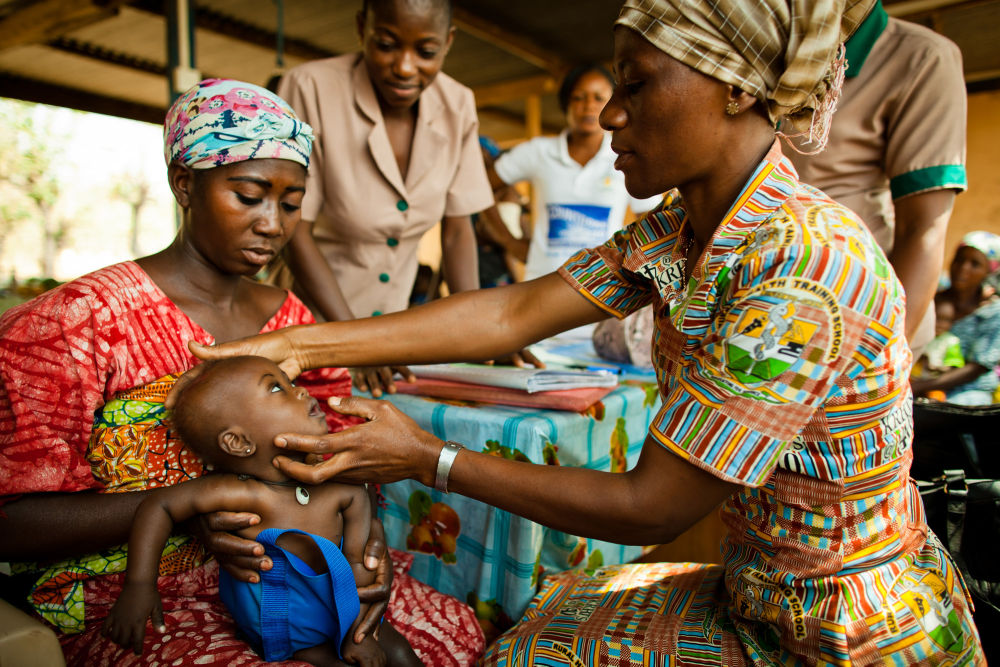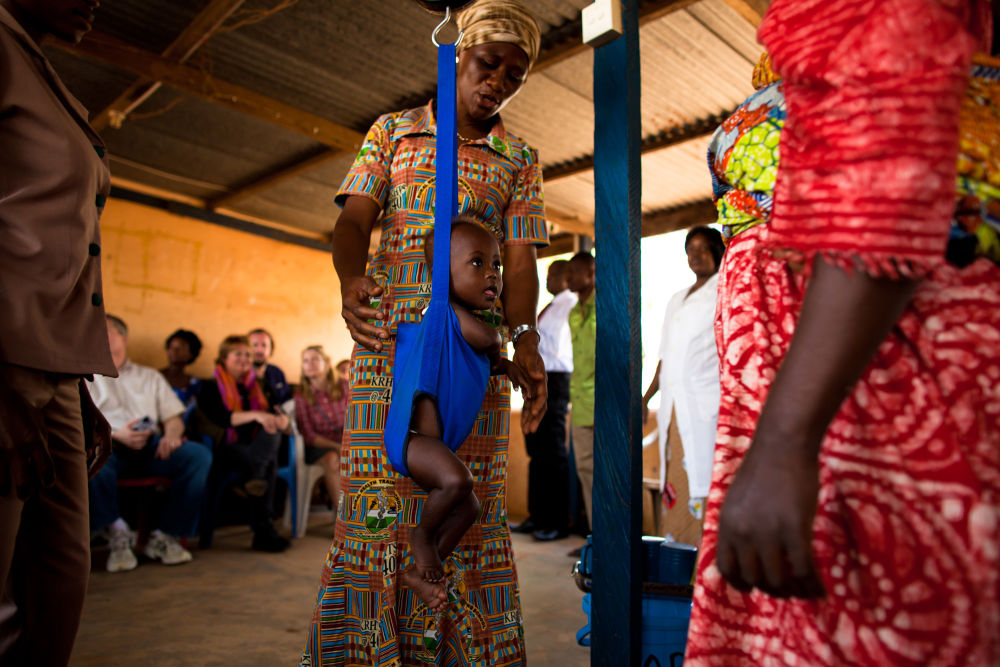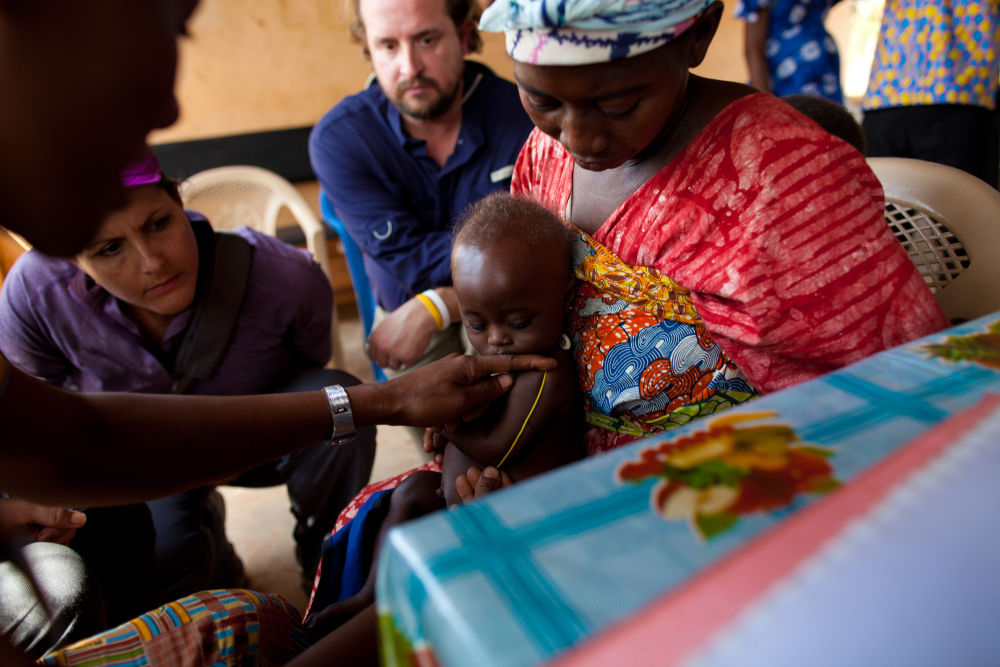In Ghana, 8 out of 10 children under the age of five and 3 out of 10 adult women suffer from some form of malnutrition, including stunting, wasting, and/or deficiencies in iron, iodine, and vitamin A. I recently visited Nyankpala Community Management of Acute Malnutrition in Tamale, Ghana, a Health Service (GHS) project that integrates and promotes community-based management of acute malnutrition (CMAM) services and supplies.
With funds from USAID and UNICEF, GHS has established support units for acute malnutrition at the national, regional and district levels. Between 2008 and 2011, Ghana has increased CMAM from two learning sites in two districts to 403 sites in 31 districts. In total, 2,040 health care providers have been trained on CMAM services and 5,973 children with severe acute malnutrition have been admitted to the program. Of these children 71 percent were cured, 2 percent died, and 1 percent did not recover; 26 percent failed to follow up.


